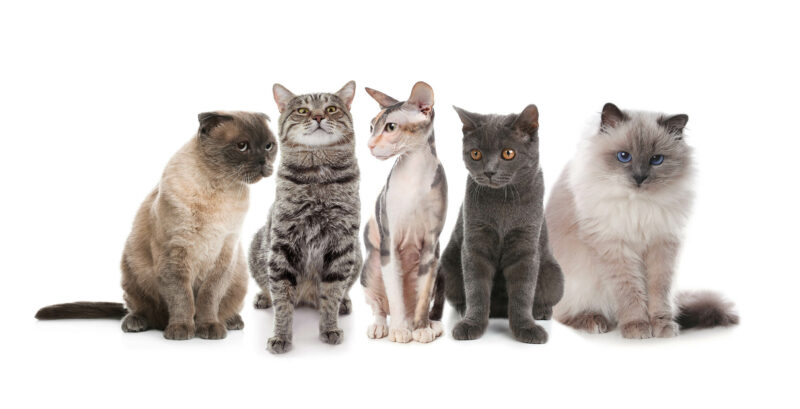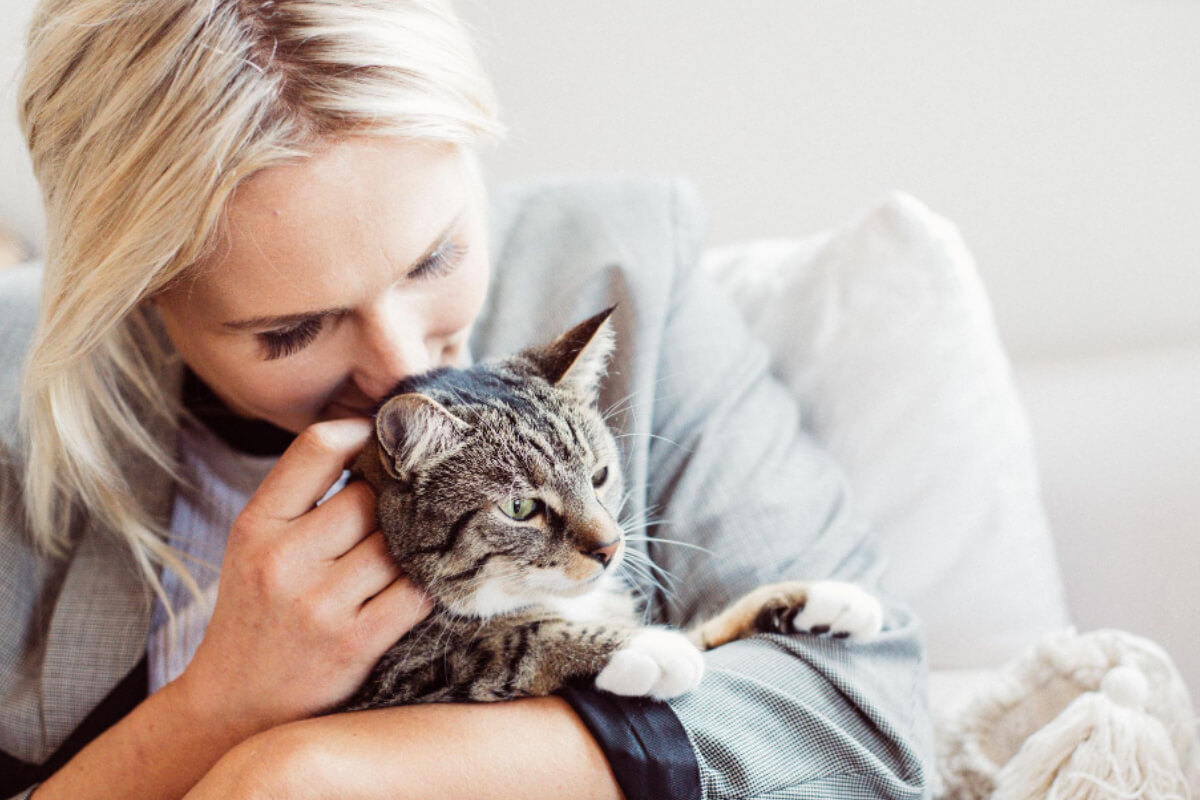The Art of Brushing: Cat Fur Care 101
Anúncios
Although cats are very careful when cleaning themselves, they can use some help to keep their soft coat in good condition. Brushing your cat’s coat not only keeps it looking smooth and beautiful but is also good for its health and well-being. In this complete guide, you’ll learn how to care for your cat’s coat, why it’s important to groom it, the different types of brushes to use, and step-by-step instructions to make the process fun for both of you.
1. Know the Importance of Caring for Your Cat’s Coat:
Preventing Matting and Tangles
The coat of long-haired cats is more sensitive to mats and tangles. These problems can be painful for your cat and even lead to skin problems if they are not taken care of regularly.
Reduce the Loss
Grooming your pet’s hair before it gets on furniture or clothing can help prevent shedding. This is especially important for people who own cats and may have allergies.
Anúncios
How Do You Provide People with Natural Oils?
Brushing helps distribute the natural oils produced by your cat’s skin, keeping the coat healthy and shiny. This is especially important for breeds with thick or long coats.
Beware of Lice
When you groom your pet regularly, you can look for fleas, ticks and other pests. If caught early, the infection and possible spread of the disease can be stopped.
Anúncios
2. Choose the Best Cat Brush:
Smooth Brush
Smooth brushes have thin, short lines that are placed close together. They are great for removing loose fur and preventing it from sticking. They are suitable for cats with medium to long hair.
Cleaning with Bristles
For cats with short to medium coats, you can use a brush because the bristles are soft and natural. They help distribute natural oils and remove loose fur.
Combination Brushes
Usually, these brushes have bristles and needles. They can be used on different hair lengths for a complete beauty experience.
Undercoat Rakes
These brushes are suitable for long-haired and double-haired types because they remove loose fur from the undercoat. This prevents the coat from becoming tangled.
Rubber Brush
Rubber brushes are suitable for short-haired breeds because they are gentle on the skin. They also remove loose fur and leave your face feeling great.
3. How to Take Care of Your Cat Step-by-Step:
Choose the Best Time
Choose a time when your cat is not stressed or angry. Don’t brush your teeth immediately after eating or playing.
Add Brushes Gradually
Get your cat used to the brush by letting her sniff and look around. Use treats and kind compliments to create great memories.
Start with Short Sets
The first few brushings should be done in short bursts to avoid stressing your cat. Over time, as they get used to it, the length can be increased.
Comb Your Hair in the Direction of Hair Growth
To prevent your cat from getting injured, groom your cat’s hair in the same pattern as it grows. Be careful, especially in areas prone to injury, such as the abdomen and armpits.
Pay Attention to Sensitive Areas
Be especially careful when brushing in areas where hair tends to tangle, such as behind the ears, under the arms and at the base of the tail. Use a comb for knots that cannot be untied.
Give Compliments and Rewards
Give your cat treats and praise him along the way to thank him for his cooperation. This helps your brain associate brushing with good things.
Be Patient
Some cats may take a while to get used to brushing. It’s important to be patient, and setting a schedule can help them get used to the grooming process.
4. Signs You May Have a Health Problem:
Skin Irritation
When caring for your cat’s skin, pay attention to the skin. If your pet’s skin is red, bumpy, or shows signs of irritation, there may be a problem that requires veterinary care.
Excessive Loss
If you suddenly lose a lot of weight, it could mean you are stressed, not eating right, or have a health problem. If the loss looks strange, you should contact your doctor.
Changes in Coat Feel
If your cat’s coat changes, such as becoming dry, greasy or itchy, you should contact your vet.
Large or Small Lumps
When grooming your cat, look for any unusual lumps or bumps on the skin. These may be signs of growth or an abscess and require immediate treatment.
Excessive Scratching or Grooming
If your cat is constantly scratching or grooming itself excessively, it could mean that it has a skin problem, allergies or insects. It is recommended to consult a doctor.
5. Grooming Different Types of Coats:
Shorthair Cats
Use a soft or rubber brush to remove loose fur. Short-haired cats may benefit from grooming them once a week.
Long-Haired Cats
Long-haired breeds require more frequent grooming. To keep your hair from getting sticky and tangled, use a combination brush or an undercoat rake.
Cats with Double Coats
Breeds such as the Siberian Husky and Maine Coon have thick coats. Use an undercoat rake to remove loose hairs and prevent them from matting.
Cats without Fur
Breeds without fur, such as Sphynx cats, need to be bathed regularly to remove the oils from their skin. Wipe away dirt with a soft cloth and use cat-safe lotion if necessary.
Conclusion:
Grooming your cat’s coat not only keeps it looking beautiful, but is also important for its health and well-being. You can build a strong bond with your cat by grooming her regularly, which can also help prevent health problems. By choosing the right brush, starting slowly, and paying attention to your cat’s reactions, you can make brushing your cat’s teeth a positive and fun experience. Remember that caring for your cat is more than just a job; This is an opportunity to connect with them on a deeper level and ensure they stay healthy, happy and comfortable in their own coat.





